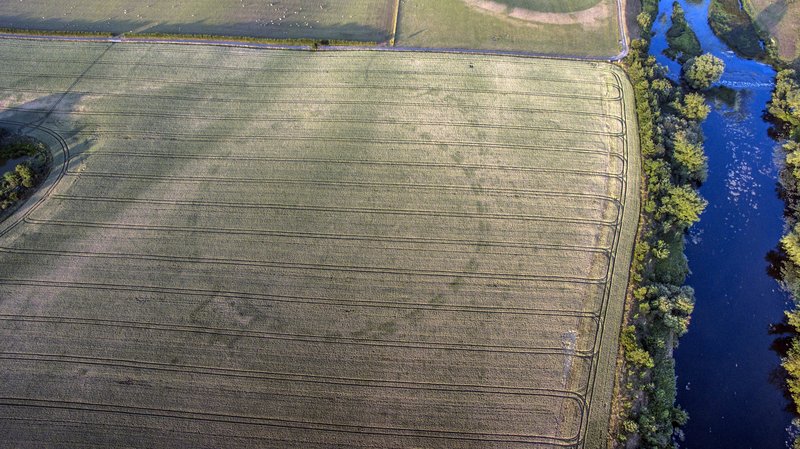Incredibly, just days after Anthony Murphy’s find, archaeologists made another huge discovery close by, uncovering the remains of a massive passage tomb. TheJournal.ie published an account of this on July 21st 2018, with an accompanying video interview with the site’s archaeologist.
Recent weeks have been some of the most exciting in years for Irish archaeologists studying the area around Newgrange in Co Meath. You might expect the area – a Unesco World Heritage Site – to be so well documented that everything of note has turned up, but it has yielded yet more fascinating discoveries. First, drought conditions in the area started to reveal shapes in fields, suggesting the presence of previously unknown enclosures or henges right on the footsteps of Newgrange. Mythical Ireland’s Anthony Murphy and Ken Williams of Shadows & Stone photography found two henges using a drone, located right beside Site P, an already documented site. Murphy described it as a ‘mind-blowing’.
Days later, archaeologists working on lands bought by agri-technology company Devenish revealed that their separate excavations had uncovered the remains of a massive passage tomb at Dowth Hall. The site is still being excavated, but unfortunately much of it was damaged and disturbed the construction of the 18th century building that towers over the site – this includes a underground tunnel for servants cutting right through a part of the tomb. On top of all this, a team are conducting the first dig on the floodplains in front of Newgrange for more than 30 years, although their findings have yet to be revealed as the excavation is still underway.


